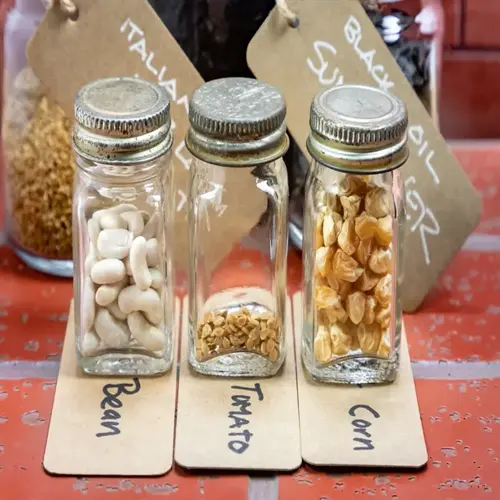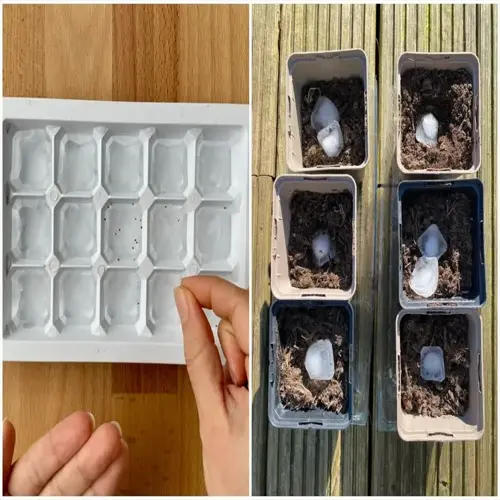Do mealybugs inhabit plant roots?

Written by
Kiana Okafor
Reviewed by
Prof. Martin Thorne, Ph.D.Root mealybugs are a different kind of threat aimed at plant root systems below ground. You will see them as white, cottony residue on the roots during repotting, which can cause wilting for no apparent reason, even if you're practicing good care. Surface mealybugs are easy to spot unless the plant's health is severely declining, which will dictate when to treat them. Root mealybugs will remain hidden until the plants show severe decline; their treatments will come too late. The only time I saw them was when my snake plant just toppled over.
Visual Indicators
- White cottony masses coating root surfaces
- Powdery residue in potting soil
- Visible insects during root washing
Plant Symptoms
- Persistent wilting despite adequate watering
- Yellowing lower leaves progressing upward
- Stunted growth without visible pests above soil
Confirmation Methods
- Root inspection during repotting
- Soil drench with detection solution
- Magnification of root samples
These subterranean insects go through their life phases in the root zones. They are sap feeders. Females will deposit eggs in crevices in the soil that are protected during treatments. Their feeding injures the root hairs that absorb water and nutrients. This is the reason that plants wilt and appear droopy despite being in moist soil. My orchid experienced full root washing.
To effectively manage these pests requires that you have full root exposure. Remove the plant from the pot and thoroughly rinse the roots. Cut off the damaged parts with sterilized scissors. Place insecticide granules (imidacloprid) in fresh, sterile soil. Do not water for 3 days after. This will optimize absorption.
Avoid bugs with some prevention. You may want to only use clean or sterilized potting mix for any new plants. You may want to quarantine new plants for a period of three weeks. You may also apply diatomaceous earth to soil surfaces once a month. All of these steps helped my greenhouse stay root-mealybug-free after those initial plants had them.
Monitor recovery through new root growth. You should see healthy white roots develop within four weeks. Hold off on fertilization until plants exhibit vigorous growth. Discard plants with over 90% root damage to avoid the spread of pest decomposing to other plants. Log treatments to help structure a response for future reference.
Read the full article: How to Treat Mealybugs: 10 Proven Methods

